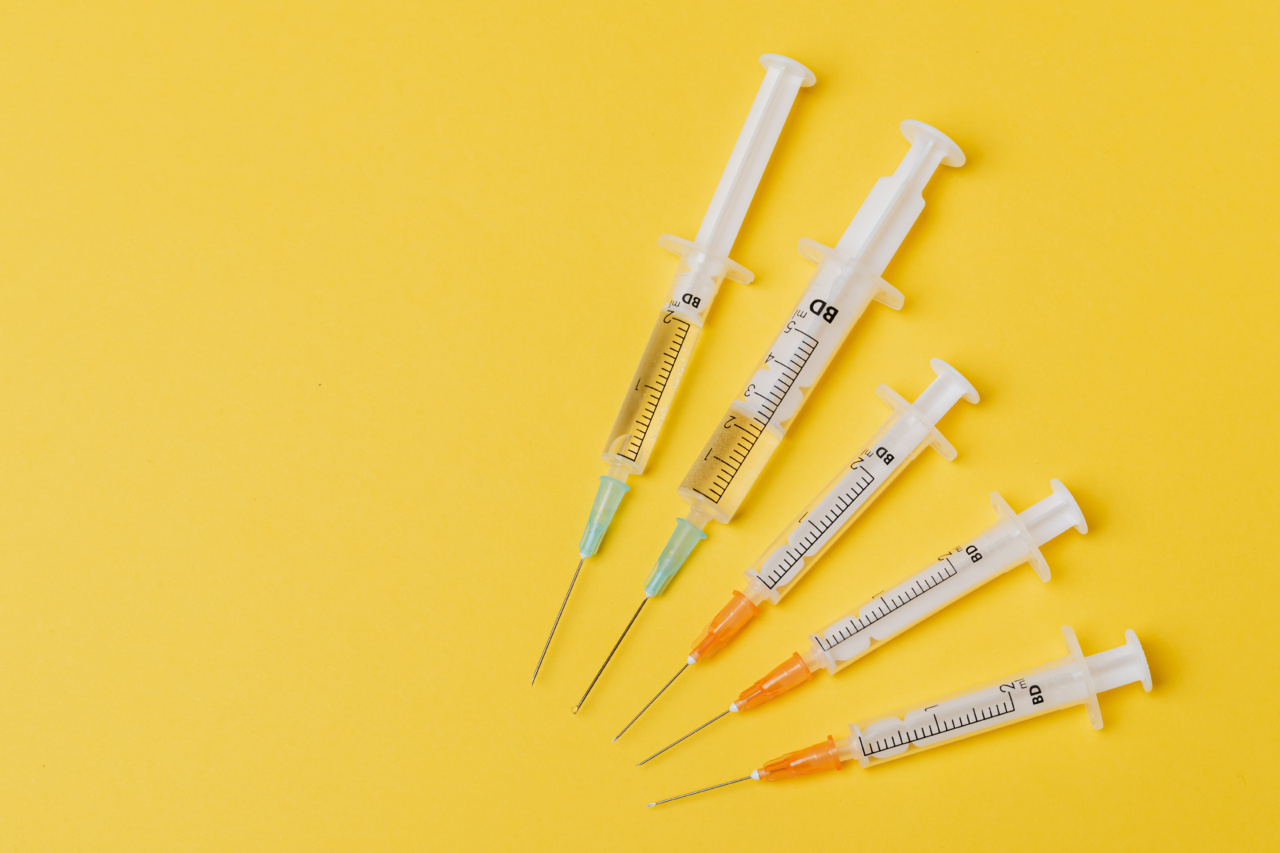As women, we often experience a range of symptoms leading up to our menstrual cycle. These symptoms can vary from mild discomfort to debilitating pain and can greatly impact our daily lives.
Two common conditions that many women face are endometriosis and premenstrual syndrome (PMS). While both conditions can cause similar symptoms, it is important to understand the differences between them in order to seek appropriate relief.
In this article, we will explore the symptoms, causes, and management strategies for endometriosis and PMS.
Symptoms of Endometriosis
Endometriosis is a chronic condition where the tissue that lines the uterus, known as the endometrium, grows outside the uterus. This misplaced tissue can cause various symptoms, including:.
- Severe pelvic pain
- Excessive menstrual cramps
- Heavy or irregular menstrual periods
- Painful bowel movements or urination during menstruation
- Infertility
It is important to note that endometriosis symptoms can vary from person to person. Some women may experience mild symptoms, while others may experience severe pain and significant fertility issues.
If you suspect you have endometriosis, it is essential to consult with a healthcare professional for an accurate diagnosis.
Symptoms of Premenstrual Syndrome (PMS)
Premenstrual Syndrome, often referred to as PMS, is a common condition that affects many women. It typically occurs in the days or weeks before a menstrual period and can cause a variety of physical and emotional symptoms.
Some common symptoms of PMS include:.
- Mood swings and irritability
- Bloating and water retention
- Breast tenderness
- Fatigue and low energy
- Food cravings or changes in appetite
While the exact cause of PMS is unknown, hormonal fluctuations are believed to play a significant role. These symptoms tend to resolve once menstruation begins.
Differences Between Endometriosis and PMS
Although endometriosis and PMS can both cause similar symptoms, there are key differences between the two:.
1. Location of Symptoms: In endometriosis, the pain is often localized in the pelvic region, while PMS symptoms can affect the entire body.
2. Timing of Symptoms: Endometriosis symptoms can occur throughout the menstrual cycle and may not be limited to the premenstrual phase. PMS symptoms, on the other hand, usually occur in the days or weeks leading up to menstruation.
3. Severity of Symptoms: Endometriosis symptoms can be much more severe and debilitating compared to PMS symptoms. The pain experienced with endometriosis is often described as sharp, stabbing, and intense.
4. Impact on Fertility: While PMS does not typically affect fertility, endometriosis can lead to infertility or difficulty conceiving.
If you are experiencing symptoms that significantly impact your daily life or suspect that something more than PMS is causing your discomfort, it is crucial to consult with a healthcare professional for a proper diagnosis.
Management Strategies for Endometriosis and PMS
Both endometriosis and PMS can significantly impact a woman’s quality of life. Fortunately, various management strategies can provide relief from symptoms:.
1. Pain Medication: Over-the-counter nonsteroidal anti-inflammatory drugs (NSAIDs) such as ibuprofen can help reduce pain and inflammation associated with both endometriosis and PMS.
However, prescription medications may be necessary for those with severe symptoms.
2. Hormonal Therapy: Hormonal therapies, such as birth control pills or hormonal intrauterine devices, can help regulate hormonal fluctuations responsible for symptoms.
These treatments can be particularly beneficial for managing both endometriosis and PMS.
3. Surgery: In more severe cases of endometriosis, surgical intervention may be necessary. Laparoscopic surgery can remove excess tissue and provide relief from symptoms.
However, surgery should be thoroughly discussed with a healthcare professional to assess its potential benefits and risks.
4. Relaxation Techniques: Stress management techniques like yoga, meditation, and deep breathing exercises can help alleviate both physical and emotional symptoms associated with both endometriosis and PMS.
5. Dietary Changes: A healthy diet that includes plenty of fruits, vegetables, and whole grains can help reduce inflammation and promote overall well-being. Limiting caffeine, sugar, and alcohol intake may also help alleviate symptoms.
6. Regular Exercise: Engaging in regular physical activity can help reduce pain and improve mood associated with both endometriosis and PMS. Aim for at least 30 minutes of moderate exercise most days of the week.
Seeking Medical Advice
If you are experiencing severe symptoms or suspect that you may have endometriosis, it is crucial to seek medical advice.
A healthcare professional can conduct a thorough evaluation, perform necessary tests, and provide appropriate treatment options based on your individual needs.
Remember, while some degree of discomfort during menstruation is normal, severe and debilitating symptoms are not.
By understanding the differences between endometriosis and PMS and seeking appropriate medical attention, you can find relief and regain control over your life.































